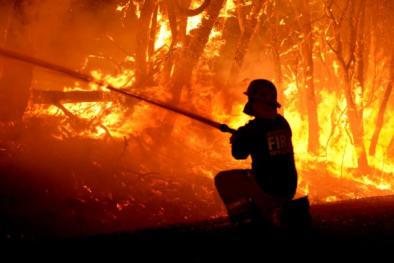Science Source
On the Measurement of Heat Waves
- Employs a set of three heat wave definitions, derived from surveying heat-related indices in the climate science literature
- Includes the following three definitions for heat waves: three or more consecutive days above one of the following: the 90th percentile for maximum temperature, the 90th percentile for minimum temperature, and positive extreme heat factor (EHF) conditions
- Studies each index using a multi-aspect framework measuring heat wave number, duration, participating days, and the peak and mean magnitudes
- Presents observed climatologies and trends for the Australian continent for two time periods (1951–2008 and 1971–2008)
- Finds that trends in all aspects and definitions are smaller in magnitude but more significant for 1951–2008 than for 1971–2008
- Finds that considerable similarities exist in trends of the yearly number of days participating in a heat wave and yearly heat wave frequency, suggesting that the number of available heat wave days drives the number of events
- Finds that larger trends in the hottest part of a heat wave suggest that heat wave intensity is increasing faster than the mean magnitude
Related Content
Science Source
| South Eastern Australian Climate Initiative
Climate variability and change in south-eastern Australia
Bryson Bates, Paul Holper, Ian Smith
Headline

Jul 22, 2016 | Bloomberg.com
Australia Is Burning, and Climate Change Is Making It Worse
Headline

Jul 22, 2016 | the Guardian
2014 was Australia's third warmest year on record, says Bureau of Meteorology
Headline

Jul 21, 2016 | The Weather Channel
Australian Open Halted Because of Extreme Heat


